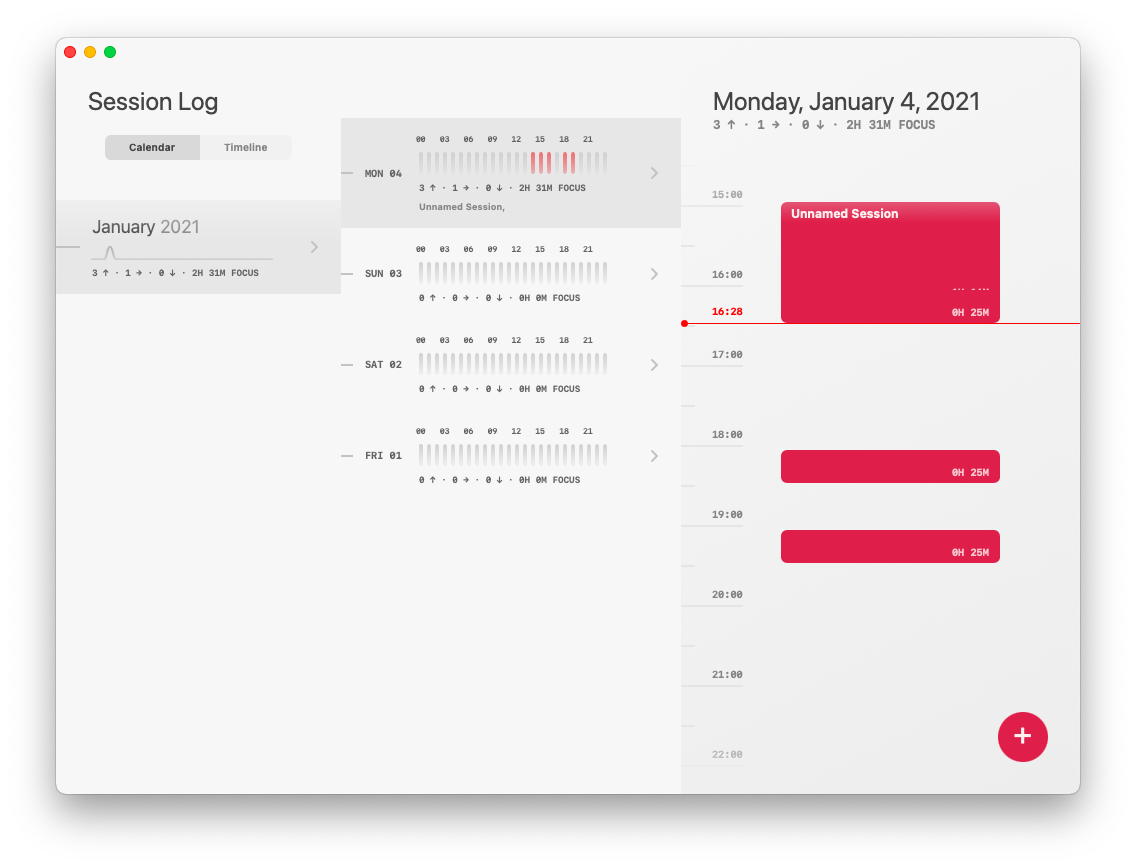

Anything that doesn't fit within the technique after several attempts.Tasks or projects that don't benefit from frequent breaks, such as reading or research.Anything that you've put off for too long.

Once four work periods, or Pomodoros, have passed, you take a longer break of 1520 minutes. (Side note: Pomodoro means tomato in Italian.) The technique breaks work periods into 25-minute intervals, followed by five-minute breaks.

Projects you can tackle in short intervals. Francesco Cirillo invented the technique, which got its name from the tomato kitchen timer he used to track his time.Home projects, such as garage cleanout.Each interval is known as a pomodoro, from the. Homework, term papers, and other student projects. It uses a kitchen timer to break work into intervals, typically 25 minutes in length, separated by short breaks.This technique was developed by Francesco Cirillo in the late 1980s while he was a university student. Clearing out your inbox (IT support tickets, fixing software bugs, and similar items). The Pomodoro Technique is a popular time management system that involves working in 25-minute intervals with short 5-minute breaks in between to maximize focus.Some projects are better suited to the Pomodoro technique than others. To quote, "The next Pomodoro will go better." Devote your first Pomodoro of the day to planning the rest of the day, or use your last Pomodoro to prepare for the following day.Bundle tasks together that can be completed in less than 25 minutes.If that's not possible, limit the number of Pomodoros allotted to each task.Break projects into digestible steps that you can complete in one Pomodoro.



 0 kommentar(er)
0 kommentar(er)
